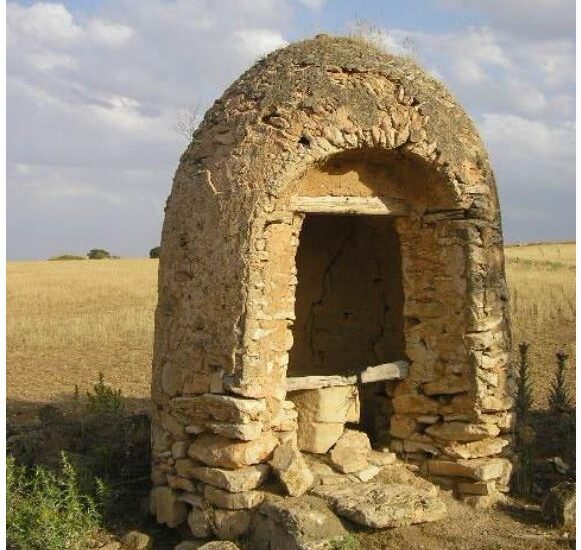During the second half of the 17th century, the Spanish crown established a series of strategies to control the actions of the foreign consuls who settled in Spanish ports at the end of the century. The actions were not only related to the activities of these posts, but also to the appointments themselves.
In addition to facilitating relations between countries and with large merchants in order to favour the economy, the consul’s objective was to watch over the interests of the king and to denounce those who did not do so. This was carried out by means of a network of confidants in all the ports of importance for this chronology, mainly in the Mediterranean.
By the end of the 17th century, nine distinct zones have been documented – seven in the Mediterranean and two in the Atlantic – in which the Hispanic Monarchy, through the government in Madrid, appointed consuls to represent these communities. This does not prevent the coexistence within each of these communities of consuls associated with each individual port. The nine designated zones were not fixed, as some consuls were in charge of several ports included in different zones, forming a much more elaborate and complex system to administer.
Collection: Images
Project: 3. Rural world and urban world in the formation of the European identity., 9. Travels and travelers: economic, social and cultural connections.
Chronology: XVII
Scope: Secondary Education, Baccalaureate, University, Postgraduate
Link: http://www.tiemposmodernos.org/tm3/index.php/tm/article/view/424
Resource type: Image
Format: Map
Source: Zamora, F. (2015). "Dar el cordero en guarda del lobo. Control hispánico sobre los consulados de extranjeros durante el siglo XVII e inicios del XVIII", en Tiempos modernos, nº 30, p. 16.
Language: Spanish
Date: 2015
Owner: Roberto José Alcalde López (Modernalia)
Copyright: ©Tiempos Modernos ©Francisco Zamora Rodríguez
Abstract: Areas of port grouping under the jurisdiction of foreign consuls between 1679 and 1699
Tags







